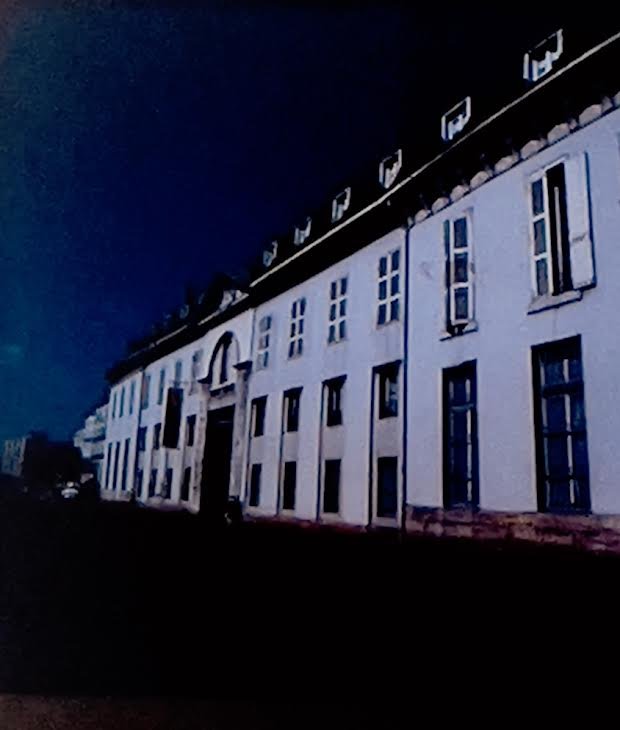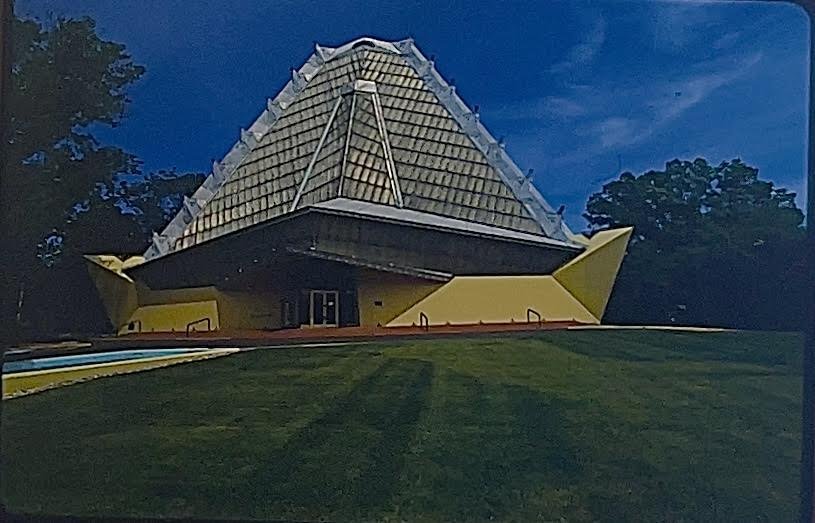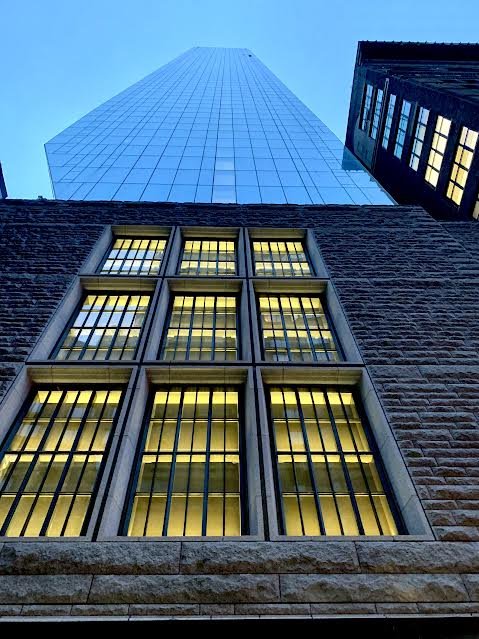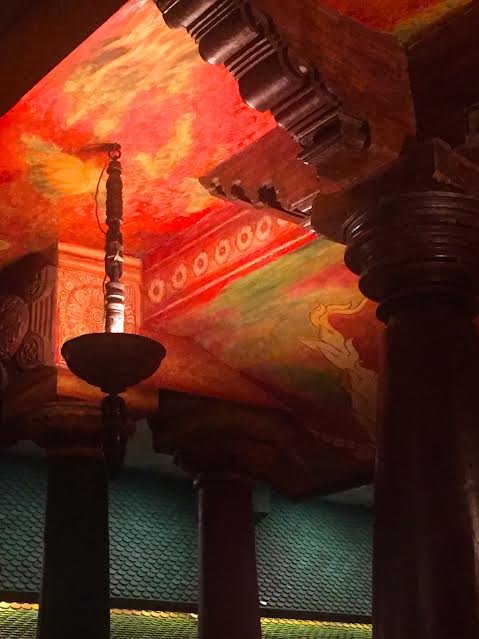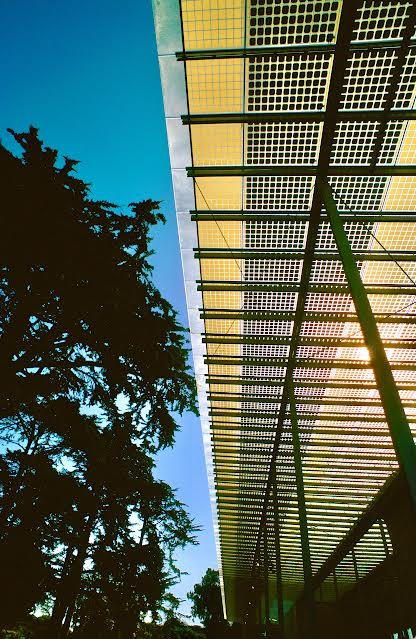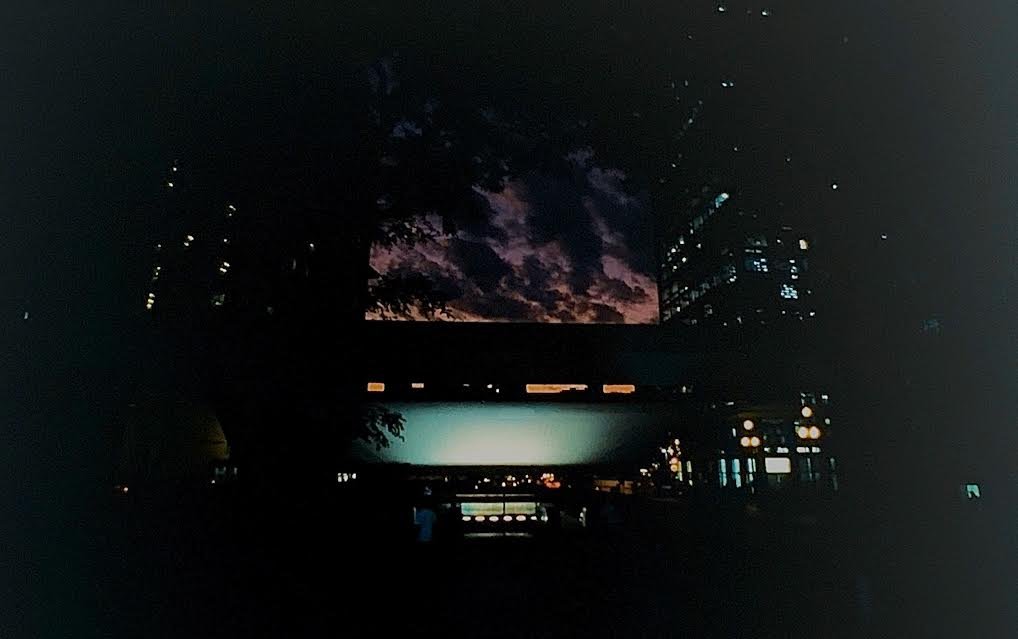NYC to DC
Transit through time is how I remember my past until I reach the future.
My photography of architecture often engages transportation: Wading through undulating waves, experiencing time travel. From the waves’ crest to the trough, I have sometimes seen unparalleled landscapes and urban landscapes. Crafts of known and unknown transport have transformed my experiences as a photographer.
It is as if everything important is seen in the vastness that is Antonioni’s The Passenger.
Ironic imaginary soundtracks from Judy Collins’ Leaving on a Jet Plane and the Byrds’ Eight Miles High pervade the skies like auditory hallucinations are what I could expect to hear: There are no songs, no sounds just mere privacy: time is precious: it races onward.
NYC Uptown to Downtown
I have been saucering my entire life. As a child I imagined I was an adult: As an adult my heart is betrothed to my childhood: My eyes and heart are tethered to my past, present and future.
My mind meanders along a circuitry of dreams: Undulating waves rise and fall before me: Rod Serling’s A Kind Of Stopwatch doesn’t exist yet: I am transported across continents in planes, trains and more. I have seen the skies and mountains tangle from Zurich to Haldenstein: Moscow to Samarkand: Aspen to Albuquerque: St Moritz to Nice, Los Angeles to Vancouver: Nonstop journeys.
The places in a way don’t matter: I can dream about travel and record something in my mind that will have that indelible moment printed somewhere on my brain.
But what about the chickens, cows, pigs, Major-Generals, lieutenant colonels who have bunked alongside me: The experiences from the smell of funk across plane cabins, train cars and a cog in engine buses that have transported my mind transported my camera : travel is a love too great to ignore.
Somewhere in the Netherlands
Photography dresses up my life: I prance along the edges: My camera accompanies every prance and all dance.
My favorite pictures in my camera come from saucering: Transported while the rhythm of transit undulates atop the earth and below the underground: Into the horizons and atop the crests and troughs of the built world.
The fabulous perspectives make my eyes come alive: the capturing spirit has seen cities seemingly fly by: unidentified structures I can’t get close to seem magical: I dream of these of dreams.
Would I jump from the transport to achieve a better “snap”. Would I get my boots stuck in three feet of mud for a better explanation of what I am looking at: would it make sense to self examine how I see while I examine how to snippety-snap-snap? Possibly.
From the Bus in Yusuhara Japan
The Thrill is Gone doesn’t exist in my camera: riding over the Swiss alps, through the Honduran jungles and teeter-tottering over Big Sur is about neural pulses: “electrified”.
I have imagined to make photographs feel like Gabriel Garcia Márquez’s “magical realism”. It is a reckoning: that I have not yet cultivated: It is merely what arrives in my mind as I stand alone in cities of thirty million, or deserts with not an echo in sight.
Making photographs of the constructed environment the constructed footprint is an adventure:
Everyone has their “whale”. Mine starts with my imagining a sighting of a dorsal fin: From there everything and anything is possible: I try to make photographs that are the beginning of the story.















